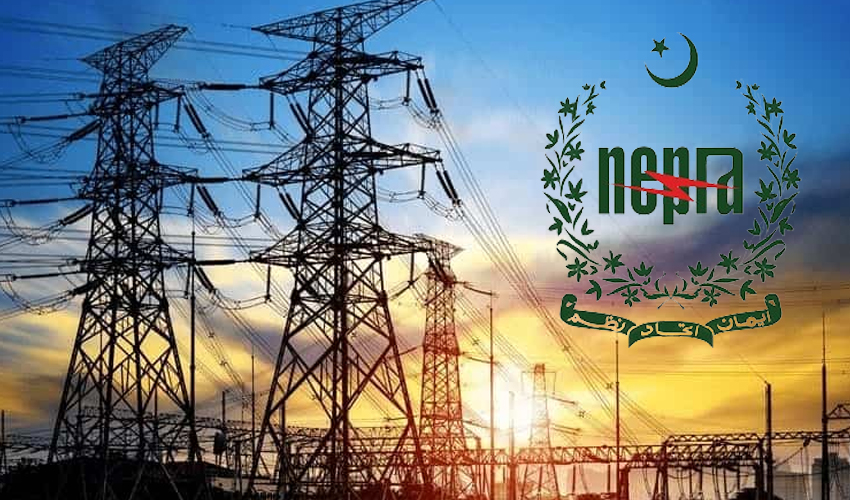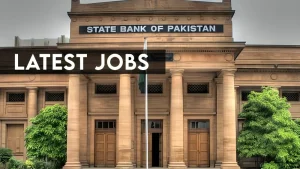ISLAMABAD: Despite earlier expectations, the government has proposed only a marginal reduction in electricity base tariffs for the upcoming fiscal year 2025–26, ranging from a minimal cut of 30 paise to a maximum of Rs2.25 per unit under seven different economic scenarios.
According to official projections, the most optimistic scenario—assuming normal conditions and a stable exchange rate of Rs280 to the dollar—could bring down the average base power tariff to Rs24.75 per unit, compared to the current Rs27 per unit.
However, this outlook is considered unlikely given prevailing macroeconomic pressures.
Under more realistic scenarios, especially one where the rupee depreciates to Rs300, the expected reduction would shrink to just 30 paise per unit.
The limited tariff relief is primarily attributed to a drop in capacity payments.
The projected Power Purchase Price (PPP), excluding taxes and surcharges, is forecast to fall within a band of Rs34 to Rs35 per unit after factoring in estimated fuel costs of Rs8.16 to Rs9.52 per unit.
Tariff Outcomes Tied to Currency Stability
The Central Power Purchasing Agency (CPPA), a key entity under the Power Division, has formally submitted its projections for PPP for the next fiscal year starting July 1.
These projections form the basis for the consumer-end tariff proposal submitted to the National Electric Power Regulatory Authority (Nepra).
Nepra is set to hold a public hearing on May 15, where it will review the CPPA’s request in consultation with stakeholders before issuing its determination.
The new tariff structure, once approved, will be implemented after ratification by the federal cabinet and corresponding subsidy allocations.
Sensitivity Analysis and Forecast Scenarios
The CPPA has developed seven distinct scenarios based on varying assumptions regarding fuel prices, exchange rates, hydropower availability, and electricity demand.
In all models, demand is expected to rise between 3% and 5%, conditional on the rupee maintaining parity at Rs280.
In six of the seven scenarios, however, the rupee is assumed to depreciate to Rs300 against the dollar.
Under the worst-case outlook—characterized by high exchange rate, low water availability for hydropower, and average fuel prices—the PPP is projected at Rs26.70 per kilowatt-hour (kWh), just marginally below the existing rate of Rs27.
Read More: K-Electric Proposes Another Power Tariff Hike
Conversely, the most favorable scenario projects a PPP of Rs24.75/kWh, mainly due to reduced capacity payments and stable macroeconomic inputs.
In all scenarios, domestic energy resources are expected to make up 55% to 58% of the energy mix, with clean energy sources contributing between 52% and 56%.
Economic Assumptions and Next Steps
The CPPA’s estimates are based on several macroeconomic variables, including U.S. inflation at 2%, domestic inflation at 8.65%, a Karachi Interbank Offered Rate (KIBOR) of 11.9%, an international interest rate of 4.07%, and transmission losses of 2.8%.
Following Nepra’s determination, the revised tariffs will be forwarded to the federal cabinet for final approval.
Also Read: PM Expected to Announce Power Tariff cuts Today
The Power Division will then submit a detailed tariff table for subsidy allocation, categorized by consumer type and usage slabs, in line with commitments made to the International Monetary Fund (IMF).
This tariff revision process is critical for finalizing electricity pricing effective July 1, with broader implications for energy affordability, inflation, and fiscal discipline.









